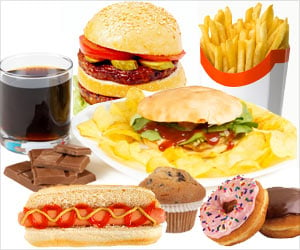The toppings on your pizza may have an impact on its nutritional value.

‘Pizza can be homemade with healthier ingredients (like whole-wheat English muffins, part-skim mozzarella cheese, tomato sauce without added salt) and to top it with lots of vegetables.’





Of course, the size of the slice and the number of slices you eat count, too. Pizza pros include the fact that it offers calcium from cheese and disease-fighting lycopene from tomatoes. And pizza crust made with whole-wheat flour (including whole white wheat flour) is healthier than regular white crust, as it offers whole grains and fiber and is digested more slowly than refined grains.
But what you put on your pizza can significantly impact its nutritional value. Toppings such pepperoni, sausage and extra cheese can boost saturated fat, sodium and calories, while slices made with thinner crusts and topped with veggies tend to have lower calorie, saturated fat and sodium counts.
Frozen pizzas can be a convenient dinner, but they too can vary in terms of ingredients and nutritional value, especially with sodium counts, so it's important to read labels carefully (some contain small amounts of trans fats, too).
Dairy-free and gluten-free pizzas are available, but as with their traditional counterparts, their healthfulness varies.
Advertisement
The study also found that pizza eaten as a snack or from fast-food restaurants had the greatest negative impact on calorie intake.
Advertisement
If you enjoy pizza on a regular basis, try making it at home using healthier ingredients, such as whole-wheat English muffins, part-skim mozzarella cheese and tomato sauce without added salt. And don't forget to top it with lots of vegetables; the more colorful your pizza, the better!
Source-ANI









